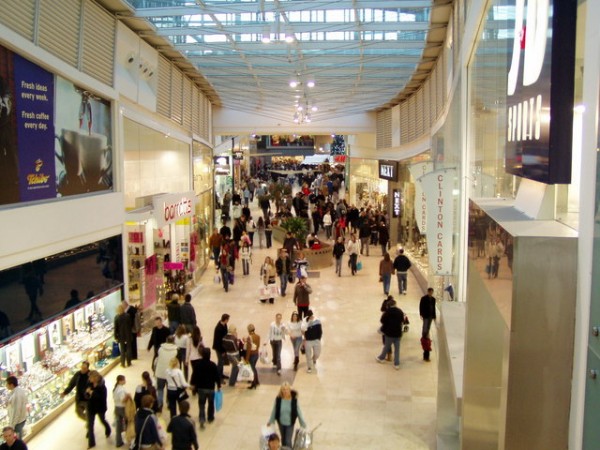
For many customers online shopping is the most preferred option. Online customers are able to enjoy a seamless experience online that provides many features including quick price and product comparisons, vast amounts of product related information, online reviews from other shoppers, and product recommendations based on preferences and purchase history. With all these benefits, why would customers go into retail stores to shop? Finding merchandise calls for a need to search for products within the store, plus there is little or no information to help influence buying decisions, and quite often the in-store service just doesn’t match up to expectations.
Customers are now better informed and have access to a wider variety of products than they had before. A growing adoption of Social Media, and e-commerce along with products being sold across multiple channels has reduced the need for consumers to visit retail stores. Granted consumers like to see and touch a product before buying it, but with the growing trend of consumers using their smart phones in-store to research products and prices, retail stores are subject to a phenomenon called ‘showrooming’. Showrooming is converting retail stores into places where customers can examine products before buying them for a cheaper price elsewhere.
So with a growing trend of “super savvy shoppers”, how can retailers attract consumers into their stores? How can retailers combat showrooming and revert retail stores into a place of purchase? One possible answer is adoption of technology within the retail store.
Now you may be wondering, how can you use technology to attract and influence consumers to buy from a retail store? Well as Lynne Davidson, Managing Director of digital agency TH_NK states, shopping at retail stores is still a “classic social activity”. Consumers like to shop at stores because it’s an experience. But like any other experience it has to be a good experience. If consumers are more empowered with information and want to shop in places that offer them a wide variety of options, then brands need to create that experience in-store. One of the major advantages of shopping in-store is person-to-person interaction. So if technology offers the solution, then how do retailers convert their stores into “intelligent stores” where consumers want to shop?
In order to build the “intelligent store”, retailers need to first empower themselves with knowledge about their customers. A great way to achieve this is by integrating technology into existing practices:
Facial Recognition Software
Facial recognition software analyzes footage of customers’ faces walking into the store and compares it with an existing database of past customer profiles. If the software identifies a match then the program sends an alert to the staff via handheld devices. The alert can include information regarding the customer’s preferences, past purchases, and even information regarding their dress size. With information such as this, store employees can efficiently cater to the customer’s specific needs and create a unique experience by simply being well informed. A great example of such technology empowering retailers is currently being implemented by NEC IT Solutions.
Mobile Support
Mobile support can range from tracking customer purchase patterns and behavior to targeting customers with relevant offers and coupons. Some retailers such as Nordstrom have gathered data on in-store shoppers’ behavior by tracking cell-phone Wi-Fi signals. The data can offer valuable information on how many customers enter the store, how they interact with products and what areas of the store have the most traffic. Retailers can also target customers with offers on their phones for discounts on relevant products or the latest deals available in-store.
POS Devices
Retailers can also reduce queues at registers and allow for more efficient checkout processes by installing mobile POS devices. If store associates can checkout customers anywhere by simply accepting payment on a mobile POS device, then they can streamline the checkouts for customers. This process would also free up employees to interact and spend more quality time with their customers.
Other Smart Technology
Retailer stores can improve the quality of service by providing the in-store staff with digital technology that empowers them such as smartphones, or tablets. They can ensure that product information is readily available for employees through handheld devices. Retailer stores can also give employees access to loyalty data such as a customer’s past purchases and preferences. Integrate supply chain elements such as merchandising data and logistics, which empowers store managers to make better decisions more efficiently.
Consumers are more empowered nowadays – thanks to technology and the commoditization of products; so the focus for retailers has to be on service and delivering a superior customer experience. There is a growing trend of retailers who are changing their strategy from product-centric to customer/service-centric goals. Consumers who are willing to purchase products on a recurring basis are more valuable than customers who make a one-time purchase. Retailers can attract consumers back to stores by harnessing the technology available and creating a positive shopping experience. By providing such an experience, retailers not only cater to the customer needs but also create a bright future for in-store retailing.
For more examples of retail stores leveraging technology, please click here.